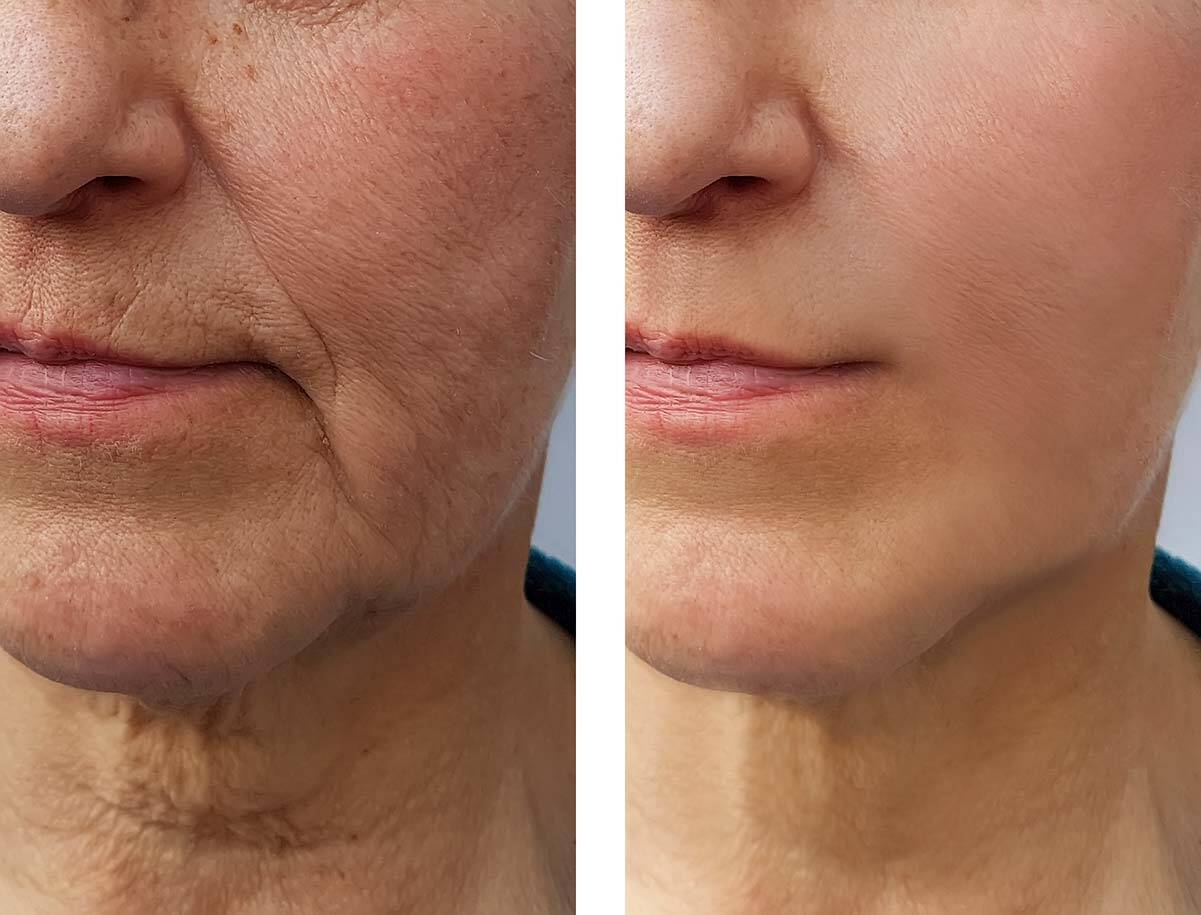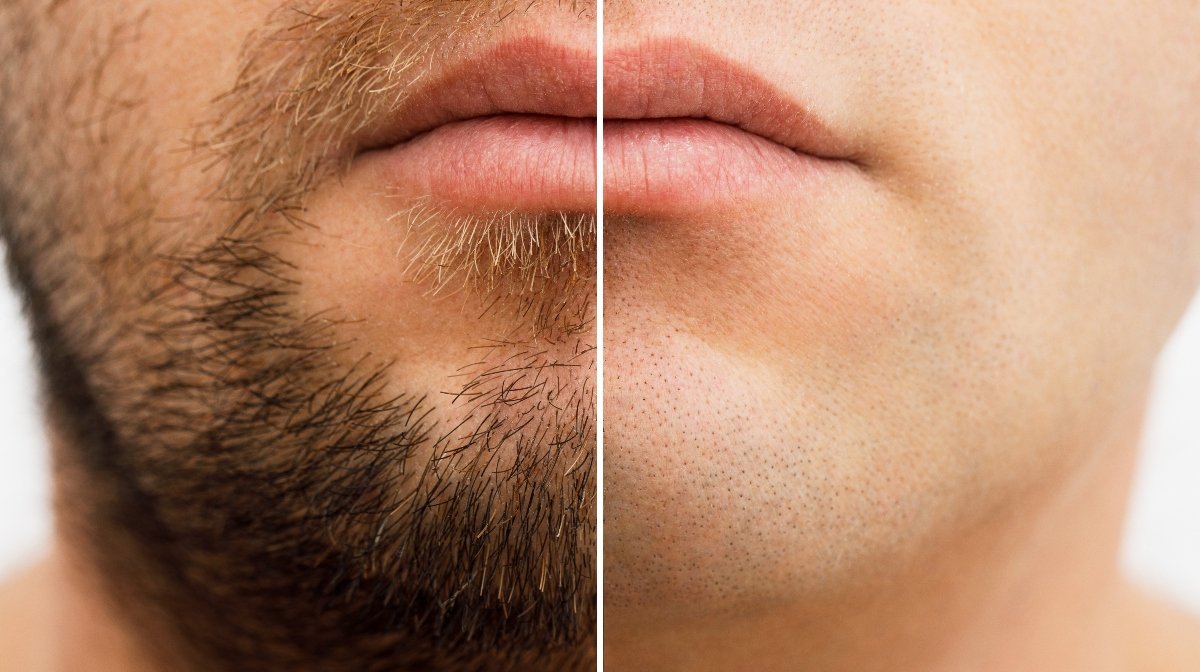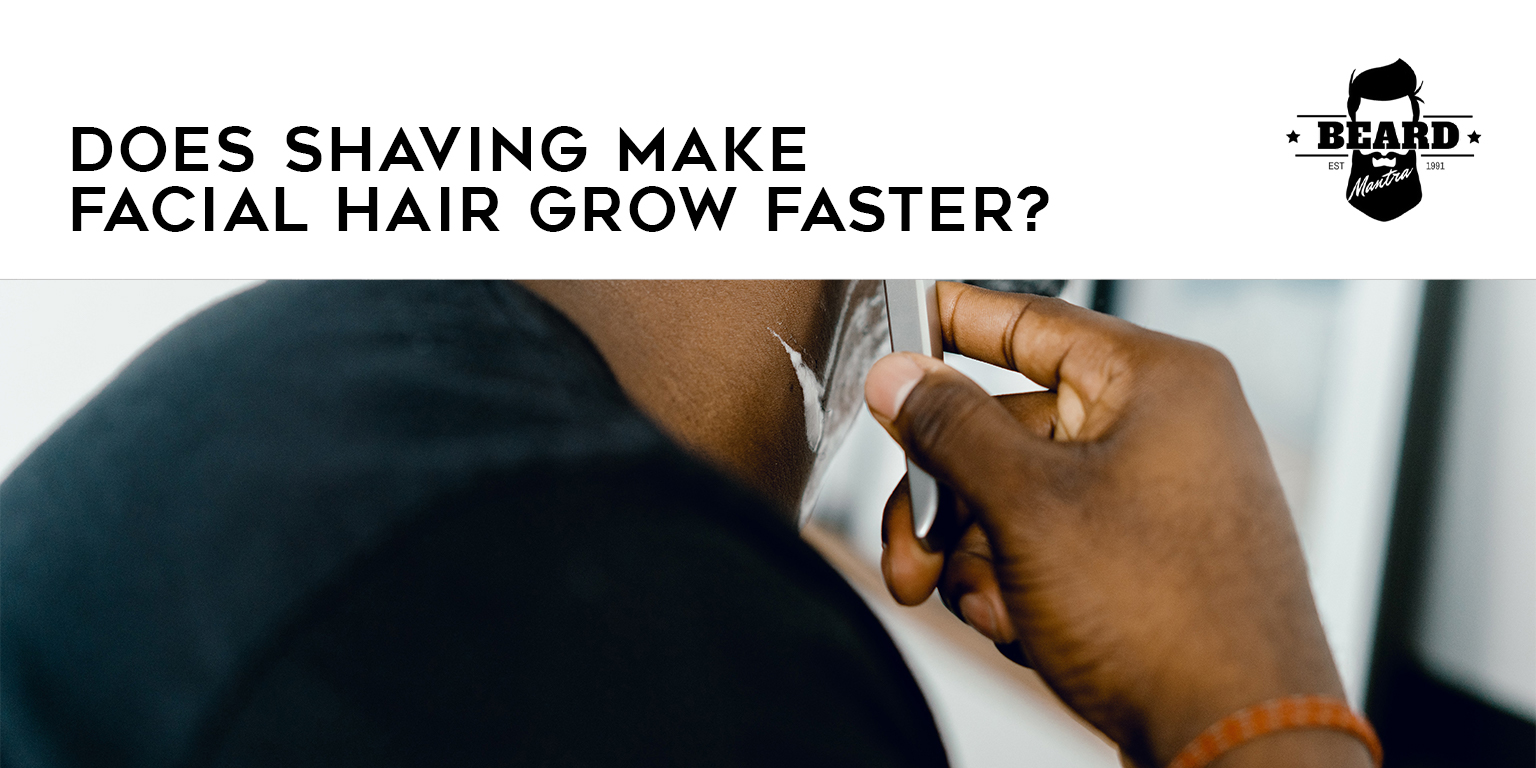Table Of Content
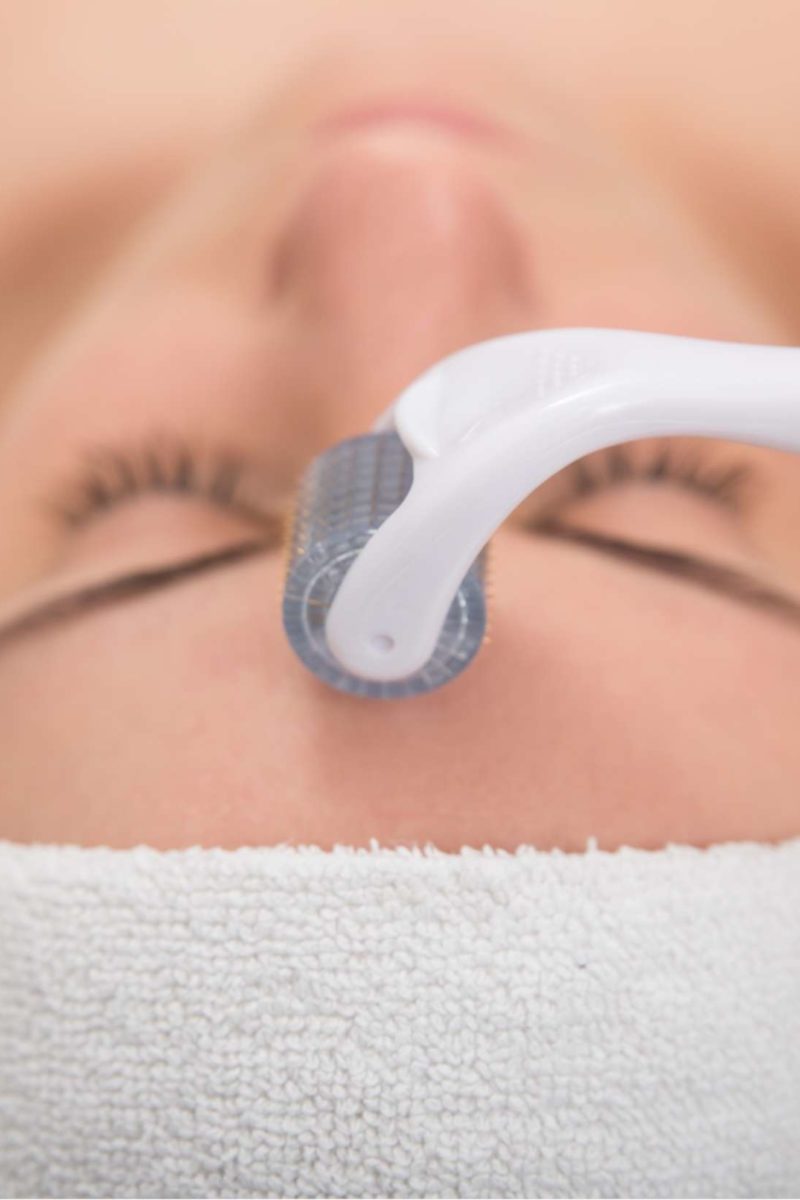
In mid-to-late stages of miniaturization, perifollicular fibrosis is often observed and may reduce the effectiveness of both systemic and topical AGA treatments [37]. Similarly, CRP employs cells from the patient’s own body, such as adipose-derived stem cells, to foster tissue regeneration and activate the follicles. Microneedling for hair loss, also known as microneedle therapy or microneedle roller treatment, involves the use of tiny needles to create micro-injuries on the scalp.
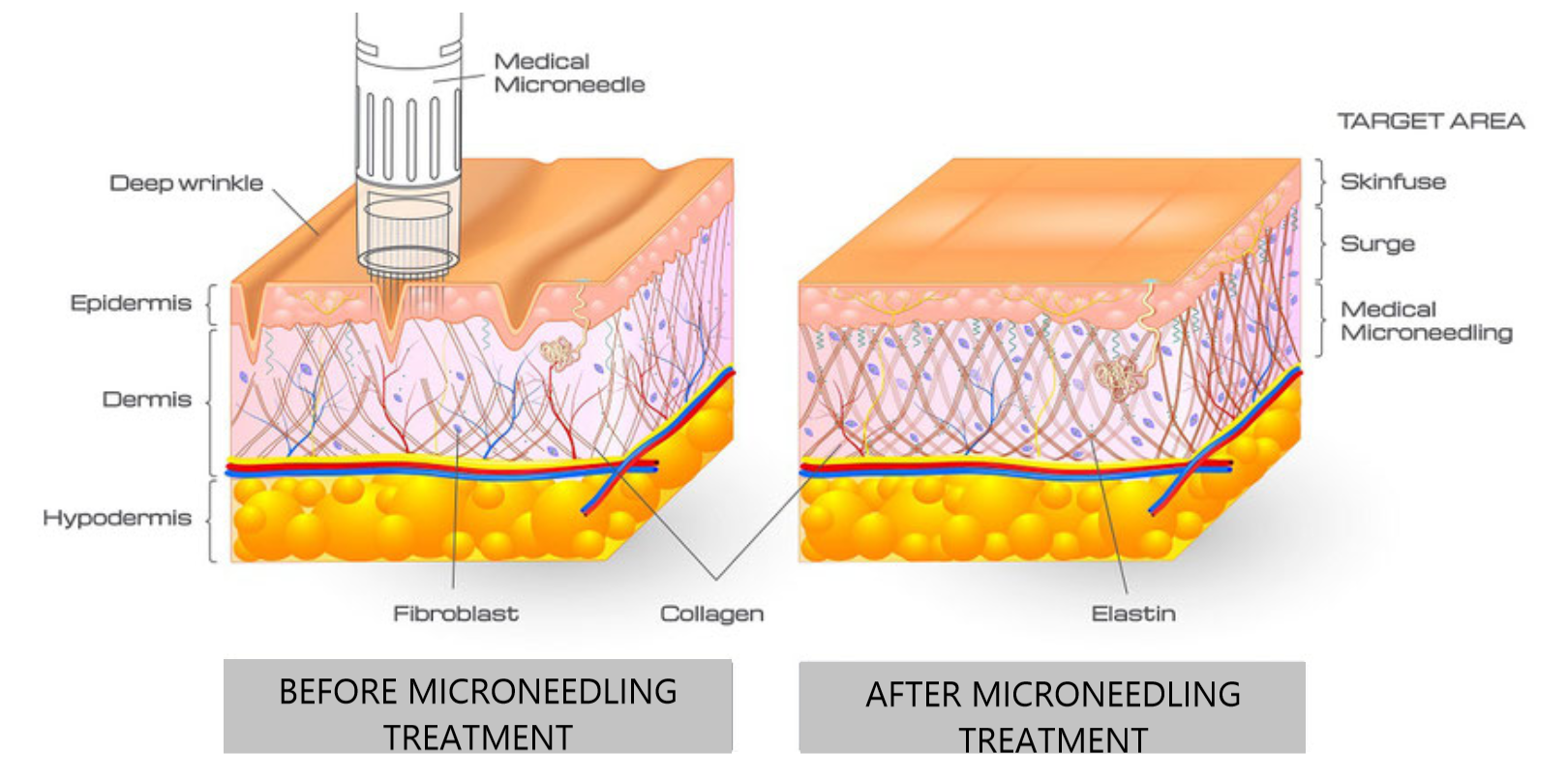
Microneedling for hair loss benefits
Go over the whole scalp front-to-back in lines, rerolling over each area 2-3 times in the same direction. Your skin will also be more sensitive to the sun, so be sure to apply sunscreen. Still, dermatologists typically recommend waiting one week before exposing your skin to sunlight or harsh chemicals. Microneedling isn’t as invasive as plastic surgery, with minimal recovery time.
Microneedling’s Effect on Hair Growth
During the healing process, repaired muscle fibers become bigger, stronger, and more resistant to stress. Three investigations enrolled subjects with hair loss gradients according to Severity Of Alopecia Tool (SALT) score, one study enrolled on the basis of severe AA, and one study enrolled on the basis of AT (Table (Table33). It is safe for people using minoxidil or finasteride to also try microneedling. In fact, research suggests that combining 5% minoxidil with microneedling works better than using it alone.
Are you losing your hair? A dermatologist breaks down some FAQs.
"We also want to give the growth factors a chance to get fully absorbed into the scalp." It's also key to keep your scalp out of direct sunlight, as it could lead to hypersensitivity and hyperpigmentation, she adds. Another factor that can influence microneedling’s effectiveness is the consistency of treatment. Like all other hair loss treatments, microneedling needs to be applied to the scalp on a regular basis to counteract the progression of androgenetic alopecia.
Learn about the latest hair growth research, new hair loss treatment solutions, and much more. In the United States, the FDA has not approved microneedling as a treatment for hair loss. Still, it’s a promising alternative for those who have tried conventional therapies. Microneedling is still new to the world of dermatology and research into its effectiveness is ongoing. Those studies that have been done, however, are showing microneedling to be an effective treatment option for alopecia, wrinkles, aging skin, and scars. One of the benefits of using a dermapen is increased precision, as needles can be adjusted to different lengths.
In the early 2020s, limited high-quality human research with large sample sizes was performed to investigate the "before and after" results of microneedling as a stand-alone treatment (monotherapy). Dermaroller along with Minoxidil treated group was statistically superior to Minoxidil treated group in promoting hair growth in men with AGA for all 3 primary efficacy measures of hair growth. Microneedling is a safe and a promising tool in hair stimulation and also is useful to treat hair loss refractory to Minoxidil therapy. (1) Hair counts – The mean change in hair count at week 12 was significantly greater for the Microneedling group compared to the Minoxidil group (91.4 vs 22.2 respectively). (2) Investigator evaluation – Forty patients in Microneedling group had +2 to +3 response on 7-point visual analogue scale, while none showed the same response in the Minoxidil group.
How to Grow Out Your Hair, According to the Experts - InStyle
How to Grow Out Your Hair, According to the Experts.
Posted: Thu, 28 Sep 2023 07:00:00 GMT [source]
How Many Microneedling Treatments Do I Need?
The study involved 100 patients, and after 12 weeks of treatment, those who received the microneedling and minoxidil combination had significantly greater hair growth compared to those who only received minoxidil. The researchers concluded that microneedling could enhance the efficacy of minoxidil in treating hair loss. A study published in the Journal of Cutaneous and Aesthetic Surgery in 2013 found that microneedling was effective in treating androgenetic alopecia, a common form of hair loss. The study involved 100 patients, and after 12 sessions of microneedling, 82% of them reported improvement in their hair loss. The researchers concluded that microneedling could be a safe and effective treatment for androgenetic alopecia.
How to Use a Dermaroller for Hair Regrowth
They can give you a correct diagnosis and recommend options that work for your specific needs. People experiencing female pattern baldness may also notice a general thinning of hair on the top of your head, but hair loss typically won’t occur on the front of your scalp, per Harvard Health. According to the American Academy of Dermatology, it’s completely normal to shed anywhere between 50 to 100 strands of hair per day.
You’ll Have Access to Other Treatments
People typically use microneedling to treat scars, hyperpigmentation, and stretch marks. You’ll likely need multiple sessions or complementary treatments to maintain the results. The doctor will work with you to develop a plan of action based on your individual goals. According to estimates by Dermapen, microneedling may cost anywhere from $200 to $800 per session, depending on the treatment needed.
It’s essential to consult with a healthcare professional or a licensed dermatologist to determine the suitability of microneedling for a specific type of alopecia and to develop a personalized treatment plan for optimal results. When incorporating microneedling with regenerative treatments, it is generally recommended to inject the regenerative therapy first, followed by microneedling or derma rolling. The microneedling process involves stamping the treated area, while derma rolling follows a rolling technique. Individuals with long hair who choose to derma roll are advised to stamp the area to minimize hair pulling and breakage. Microneedling is seen as an incredibly safe, well-tolerated, non-invasive procedure for the treatment of many dermatological conditions.
It’s usually used in combination with platelet-rich plasma therapy, minoxidil, finasteride, or another hair loss treatment. Changes to hair regrowth and hair density are typically seen after a few months of treatments, but you might start seeing results in as little as 6-10 weeks. In each of these cases, microneedling helps by creating microscopic punctures in the scalp, prompting a healing response that involves the production of collagen, elastin, and growth factors. These factors facilitate the repair and rejuvenation of hair follicles, which can lead to improved hair density and overall hair health. Because microneedling is so safe, it can be used in combination with virtually all other hair loss treatments as an adjuvant (enhancing) therapy. It can even be used as a delivery system to allow treatments to penetrate deeper into the scalp, getting “more bang for your buck”.

